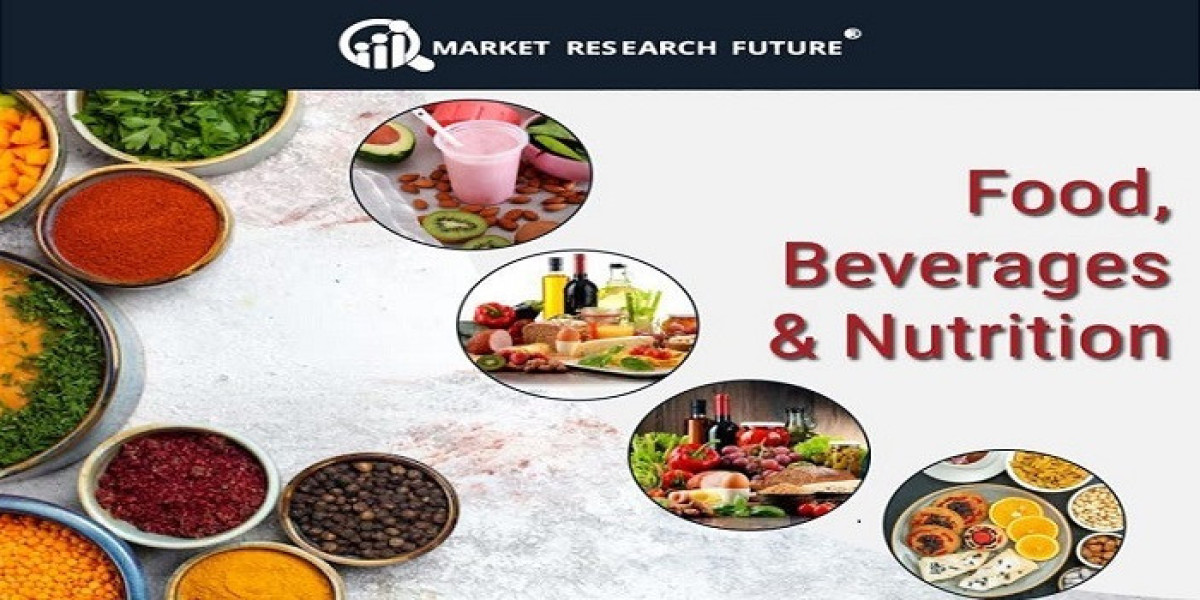In a mature category like butter, growth is driven less by sheer volume and more by premiumization. Premium butter variants are carving out new niches, commanding higher margins, and attracting discerning consumers. Below is how these premium forms are reshaping the butter landscape.
Key Premium Variants Gaining Traction
Grass-Fed / Pasture-Raised Butter
Butter from cows with high pasture access is marketed for richer flavor, better fat profiles (omega-3, CLA), and ethical dairy practices. This appeals to consumers who associate pasture with naturalness and better quality.Cultured Butter
Cream is fermented before churning, imparting a tangy, complex flavor. Cultured butter is popular among chefs, upscale bakeries, and connoisseurs for its nuanced profile.Flavored & Specialty Butters
Butter infused with herbs, smoky notes, truffle, honey, citrus zest—these butters serve as value-added premium toppings or spreads rather than mere ingredients.Clarified Butter / Ghee
Removal of milk solids gives higher heat tolerance and longer shelf life. Especially in South Asia, Middle East, and increasingly in Western markets exploring global cuisine, ghee is a route for butter growth.Whipped & Spreadable Butter Variants
To meet consumer convenience, lighter/whipped butters or blends that spread easily (even from fridge) are growing, especially in retail.
Why Premium Butter Matters
Higher Margins
Consumers are often willing to pay a premium for perceived quality and story (origin, pasture, flavor, small batch).Differentiation & Brand Positioning
Premium attributes help brands stand out in crowded markets, avoid commoditization, and build loyalty.Consumer Trends
As people trade up in food choices (better ingredients, artisan products, “clean” foods), butter is no exception.
Challenges & Tradeoffs
Supply & Scale
Sourcing reliably for pasture-based or specialty dairy is harder; scale is limited compared to commodity lines.Authenticity & Credibility
Consumers are skeptical; claims must be backed by traceability, certification, transparent farming practices.Cost Pressure
Premium inputs, packaging, logistics, certification raise cost; maintaining the balance between price and perceived value is delicate.Education Required
Many consumers may not instantly perceive or appreciate taste differences; brands must educate and sample to convert.
Strategic Moves for Butter Players
Build a tiered portfolio—keep a core butter line for mass market and premium lines for high-margin segments.
Use origin storytelling, certifications, farm partnerships to back premium claims.
Work with chefs, artisanal bakeries, food influencers to showcase premium butter utility and taste.
Test flavored / specialty launches in limited geographies; scale successful ones.
Monitor consumer feedback & sensory tests to refine premium variants over time.
Conclusion
Premium butter is no fringe play—it is central to butter’s next phase of growth. As generic butter becomes more competitive and margins compress, brands that invest in grass-fed, cultured, flavored and specialty formats will thrive. The future of butter is as much about story, differentiation, and experience as it is about fat and flavor.







